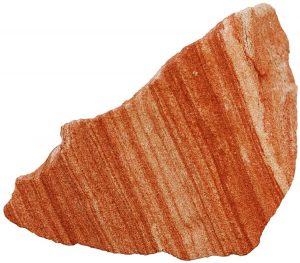by Michael Meyer, Director, William G. Jackson Center for Teaching and Learning![]()
This week’s Dean’s Teaching Showcase selection, made by Dean Wayne Pennington of the College of Engineering, is a unique teaching partnership. Assistant Professor Chad Deering and Lab Manager Bob Barron were selected for “deftly leading our students for the past three summers” through the field course in the Department of Geological and Mining Engineering and Sciences.








 Chemistry Rocks!, a day of fun and learning, takes place from 11 a.m. to 2 p.m. Saturday (Nov. 11, 2017) in the Forestry Building atrium. Participants can:
Chemistry Rocks!, a day of fun and learning, takes place from 11 a.m. to 2 p.m. Saturday (Nov. 11, 2017) in the Forestry Building atrium. Participants can:
